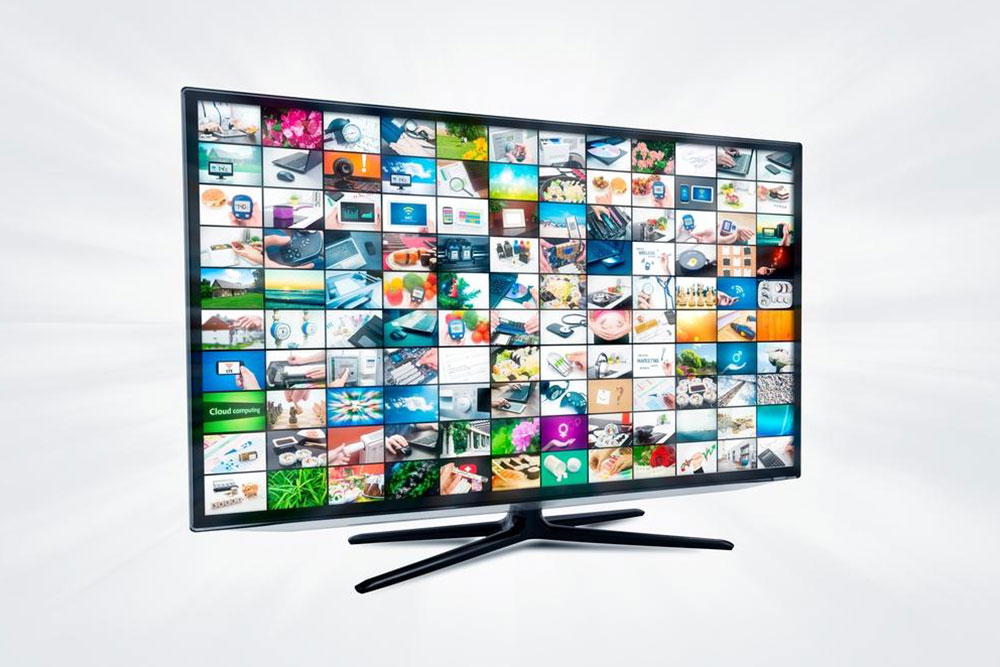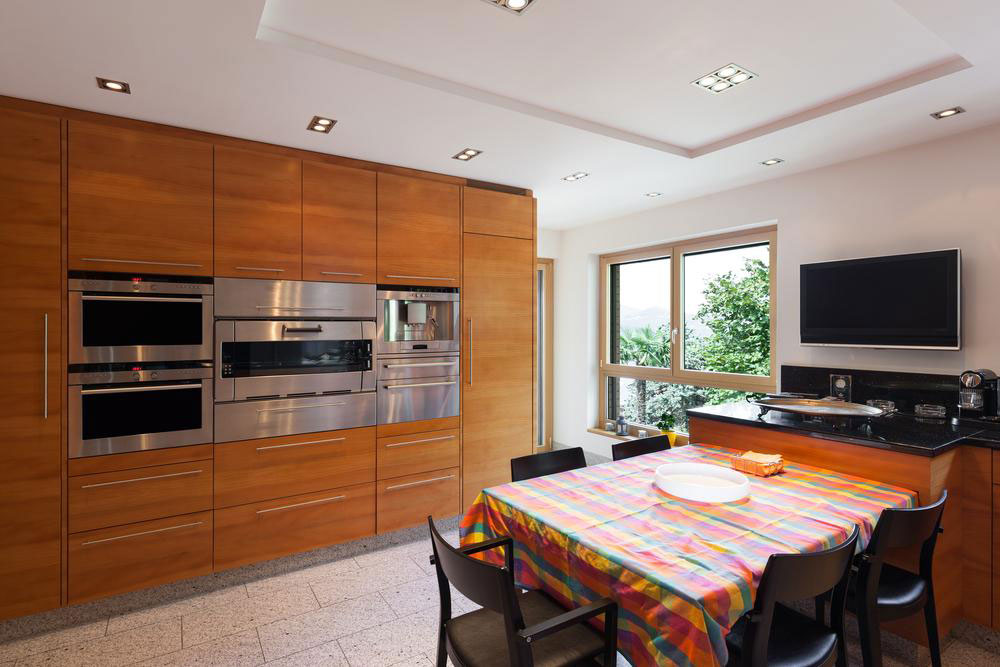A Comprehensive Comparison of Samsung QLED and OLED Televisions: Which Technology Reigns Supreme?
Explore an in-depth comparison of Samsung's QLED and OLED TVs. Discover their technology, benefits, and which model suits your viewing preferences. Learn how these innovations impact picture quality, durability, and environmental friendliness. Make an informed decision for your next home entertainment upgrade with comprehensive insights into each display technology.

Samsung QLED vs OLED: An In-Depth Analysis of Modern TV Technologies
In the rapidly evolving world of home entertainment, the technology behind television screens has reached new heights, transforming the viewing experience from basic viewing to crisp, vibrant visual displays that captivate audiences. Today’s consumers are increasingly discerning, seeking not only exceptional picture quality but also durability, energy efficiency, and aesthetic appeal when choosing their next television set. Among the most prominent brands leading this innovation is Samsung, renowned for its cutting-edge display technologies, particularly QLED and OLED. Understanding the differences, benefits, and limitations of these two technologies can help consumers make informed decisions tailored to their viewing needs and preferences.
Modern televisions are no longer just devices for watching shows; they are central to home decor, gaming setups, and multimedia centers. Therefore, selecting the right TV involves a comprehensive evaluation of various factors including image quality, price point, durability, environmental impact, and technological features. Samsung’s offerings include both QLED (Quantum-dot Light Emitting Diode) and OLED (Organic Light Emitting Diode) models, each possessing unique features that cater to different types of users.
Let’s explore each technology in detail, understanding how they work, their advantages, and the considerations consumers should keep in mind when choosing between the two.
Understanding QLED Technology
QLED, or Quantum-dot LED technology, is an evolution of traditional LCD TV designs. It integrates tiny quantum dots within an LED backlight system to enhance color accuracy, brightness, and energy efficiency. Samsung’s QLED TVs are celebrated for their ability to produce vivid, true-to-life colors, thanks to the quantum dots which emit specific wavelengths when illuminated by LED backlights.
One of the significant benefits of QLED technology is its capacity to support high dynamic range (HDR) content. HDR allows for a broader range of colors and greater contrast between the darkest and brightest parts of the image, providing a more immersive viewing experience. Additionally, QLED screens offer higher peak brightness levels, making them ideal for viewing in well-lit rooms or with high-dynamic content like HDR movies and sports broadcasts.
Design-wise, Samsung’s QLED models feature sleek, minimalist aesthetics with minimal ports for a clean look and integrated speakers that deliver decent audio quality. The absence of complex cooling systems or intricate layering makes QLED TVs easier to maintain and setup. Furthermore, with technology improvements, Samsung’s QLEDs have minimized the risks of burn-in, a common concern with certain display types, thus extending the lifespan of the device.
Understanding OLED Technology
OLED, or Organic Light Emitting Diode technology, is fundamentally different from QLED in that each pixel in an OLED display is made from organic compounds capable of emitting light when an electric current is applied. This means OLED screens do not require a backlight, allowing for thinner profiles and superior contrast ratios. Each pixel can be turned on or off independently, resulting in truly deep blacks and a wider dynamic range.
The ability of OLEDs to produce perfectly black levels enhances contrast and color richness, making them exceptionally suitable for cinematic viewing, gaming, and professional photo editing. Their color blending capability allows for smooth gradations and natural images that can sometimes be challenging for QLEDs to replicate due to their reliance on layered color filters.
However, OLED screens are more susceptible to burn-in—a scenario where static images left on the screen for extended periods cause ghostly afterimages. Despite ongoing improvements, consumers are advised to be cautious with static content. Additionally, OLEDs generally have lower peak brightness than QLEDs, which can affect visibility in very bright environments. Nonetheless, their vibrant visuals and superior contrast make them a favorite among audiophiles and content creators.
Performance Comparison and Market Trends
When comparing Samsung’s QLED and OLED offerings, several factors come into play. QLED TVs excel in brightness and vivid colors, making them perfect for brightly lit rooms and users who prioritize a punchy, vibrant picture. Their resistance to burn-in and higher longevity gives them an edge in durability and cost-effectiveness over time.
On the other hand, OLED TVs are praised for their infinite contrast ratios, deep blacks, and wider viewing angles. This makes them particularly suitable for dedicated home theaters or dark-room viewing experiences. As OLED technology matures and prices decrease, more consumers are opting for OLED models despite their higher initial cost.
Price remains a critical consideration. QLED TVs traditionally cost less than OLEDs of similar size and specifications, but the gap has narrowed considerably as OLED production becomes more efficient. Recent promotional discounts and technological advances have made QLEDs a more attractive choice for budget-conscious consumers seeking high-quality visuals.
Environmental and Sustainability Considerations
In terms of environmental impact, Samsung’s QLED TVs are designed to be cadmium-free, aligning with eco-friendly manufacturing practices. Both technologies consume electricity; however, QLED models tend to be more energy-efficient in brightly lit environments due to their higher brightness capabilities. OLEDs, with their lower power usage when displaying darker images, are also considered eco-friendly, especially if used predominantly for media consumption in dim environments.
Choosing the Right TV for Your Needs
Selecting between Samsung QLED and OLED depends on individual preferences, viewing environments, and budget. For consumers who prioritize brightness, durability, and cost savings, QLED offers a compelling solution. For those seeking the ultimate cinematic experience with superior contrast and black levels, OLED is the preferred choice. It is advisable to consider factors such as room lighting, viewing angles, content type, and long-term usage when making your decision.
As display technology continues to advance, the gap between QLED and OLED is narrowing, offering consumers more options than ever before. Both technologies are now capable of delivering stunning images, complemented by Samsung’s innovations that emphasize eco-friendliness, design finesse, and performance. By understanding the intricate differences and current market trends, you can select a television that best suits your lifestyle and entertainment needs.





